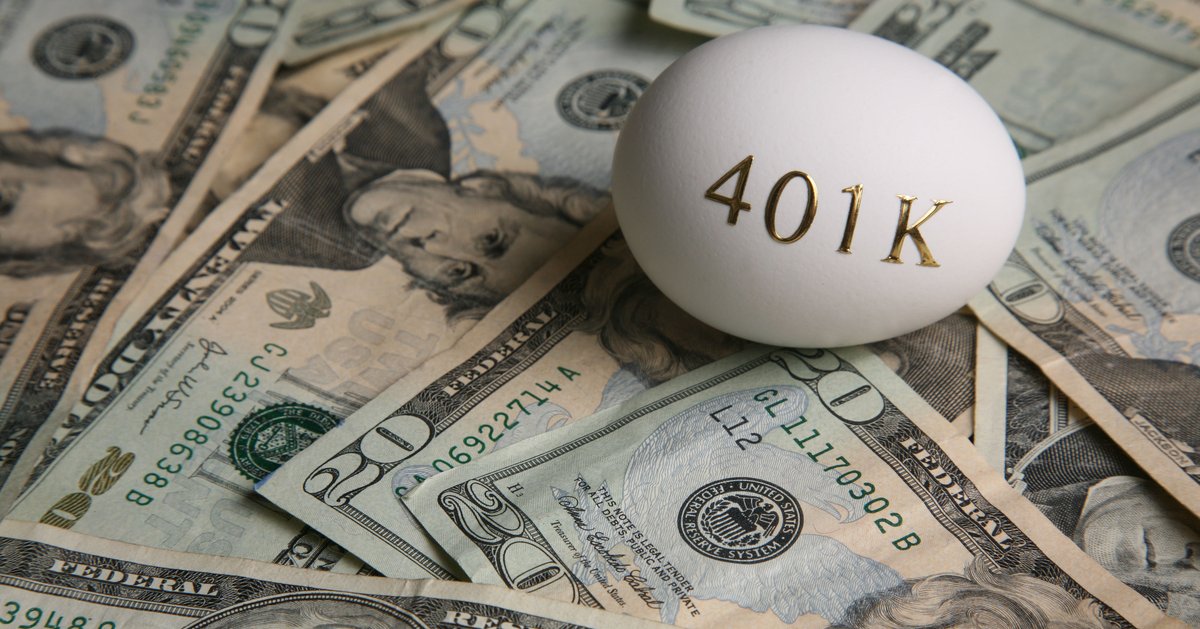National 401(k) Day Is Here — 3 Quick Things to Check Right Now
Two big reasons to celebrate today: First, it’s Friday (and who doesn’t love Fridays?). And second, it’s National 401(k) Day! Woot woot!
OK, so it’s not exactly a party holiday, but if you’ve got a 401(k), today’s the perfect excuse to give it a quick once-over. Taking five minutes to check on your retirement account could save you thousands down the road. Tiny tweaks can add up big time.
Here are three quick things to look at right now (plus one bonus tip to go beyond your 401(k)).
1. Check your contribution rate
First things first: If you’re not contributing at least enough to snag any provided company match in full, you’re basically saying “no thanks” to free money.
If you’re not sure what your company offers (or you’re confused about 401(k) plans in general) ask HR to explain it to you. Don’t be shy — they love talking about benefits.
Next, consider bumping up your contributions a little higher.
Upping your savings by just 1% can make a huge difference over time. Most plans let you increase it in just a few clicks — and then you don’t have to think about it again.
For 2025, the contribution limit is $23,500 (or $31,000 if you’re 50+). No pressure to max it out, but knowing the target gives you something to shoot for.
Here’s what different contribution levels might look like on a $70,000 salary:
|
Contribution % |
Annual Savings |
Monthly Amount |
|---|---|---|
|
5% |
$3,500 |
$292 |
|
10% |
$7,000 |
$583 |
|
15% |
$10,500 |
$875 |
Data source: Author’s calculations.
Set it and forget it. One small change now can quietly grow into something huge later.
2. Review your investments
When was the last time you peeked under the hood?
Many 401(k) plans default you into a target-date fund based on your expected retirement year. That’s not necessarily bad, but sometimes it’s not always aligned with your risk tolerance or goals.
Ask yourself:
- Are you too aggressive or too conservative for your age?
- Are your fees higher than they should be?
- Do your investments reflect how far off retirement really is?
I try to review my allocations at least once a year to make sure they’re still working for me. I’m only 40, so I’ve got another two decades before I can think about withdrawals. My focus is on long-term growth, not short-term profits.
3. Consolidate old 401(k) accounts
If you’ve switched jobs a few times, there’s a good chance you’ve got an old 401(k) (or two) just chillin’ somewhere out there.
This happens a lot, actually. Capitalize estimates there are over 29 million forgotten 401(k) accounts in the U.S., holding about $1.65 trillion in assets!
If you want to make life way easier, roll over those old 401(k)s into an IRA. It’s tidier, gives you more control over investments, and can also save you on fees.
And here’s a cool idea… Some brokers are offering 1% match incentives for 401(k) to IRA rollovers. You could snag a little bonus! I recommend checking out Robinhood’s current offer. Read our full Robinhood review here to see if it’s a fit for you.
Think beyond the 401(k)
Just because it’s National 401(k) Day doesn’t mean your retirement plan has to stop there.
401(k)s are great, but they’re only one piece of the puzzle. To give yourself more flexibility (and some potential tax-saving superpowers later), it’s smart to build a mix of account types.
Personally, I’m aiming to build a big portfolio across both pre-tax accounts (like a 401(k) or IRA) and post-tax options like a Roth IRA or a regular brokerage account. That way, when retirement comes, I’ve got options to pull from. And a lot more control over how and when I pay taxes.
If you want to round out your retirement plan, check out:
- Roth IRAs for tax-free growth and withdrawals
- Traditional IRAs for more pre-tax savings
- Brokerage accounts for total flexibility, no age limits or early withdrawal penalties
No matter where you’re starting from, a few small moves now can make a massive difference later.
So give your 401(k) a quick check, tidy things up, and take one step closer to that dream retirement — whatever it looks like for you.
Explore all the top brokers for beginners and start building a more flexible retirement strategy today.


